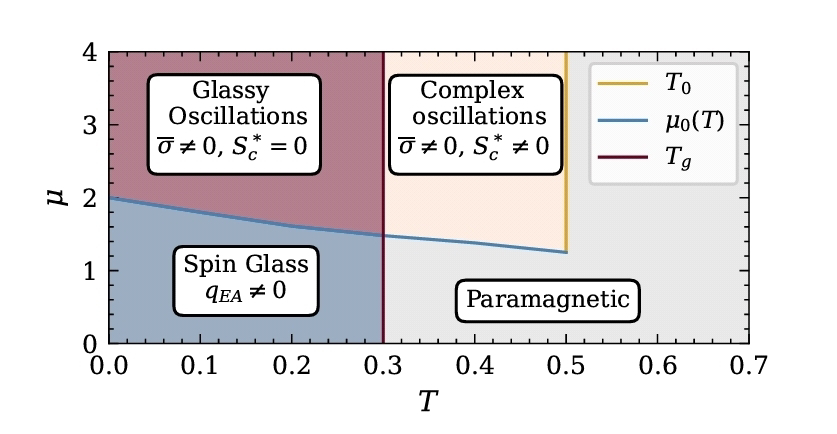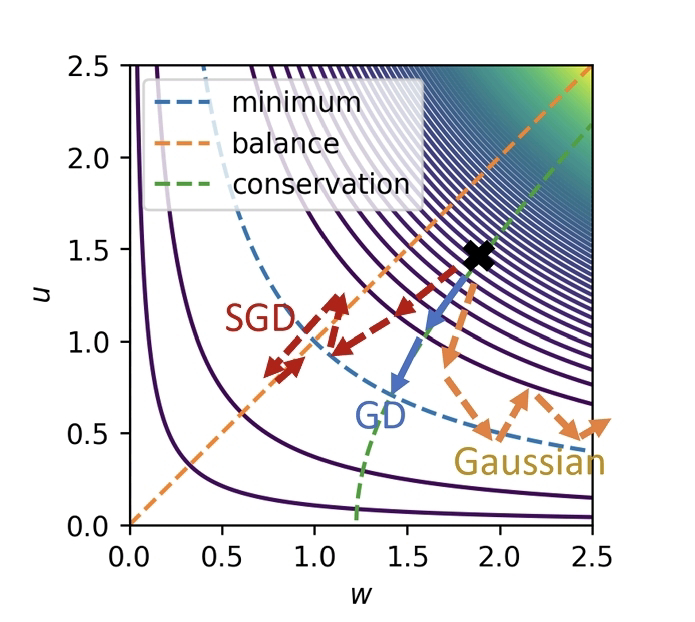<< In clean and weakly disordered systems, topological and trivial phases having a finite bulk energy gap can transit to each other via a quantum critical point. In presence of strong disorder, both the nature of the phases and the associated criticality can fundamentally change. >>
Here AA << investigate topological properties of a strongly disordered fermionic chain where the bond couplings are drawn from normal probability distributions which are defined by characteristic standard deviations. Using numerical strong disorder renormalization group methods along with analytical techniques, (AA) show that the competition between fluctuation scales renders both the trivial and topological phases gapless with Griffiths like rare regions. >>
<< Moreover, the transition between these phases is solely governed by the fluctuation scales, rather than the means, rendering the critical behavior to be determined by an infinite randomness fixed point with an irrational central charge. (AA) work points to a host of novel topological phases and atypical topological phase transitions which can be realized in systems under strong disorder. >>
Saikat Mondal, Adhip Agarwala. Topological Phase Transition under Infinite Randomness. arXiv: 2506.19913v1 [cond-mat.dis-nn]. Jun 24, 2025.
Also: order, disorder, disorder & fluctuations, random, transition, forms of power, in https://www.inkgmr.net/kwrds.html
Keywords: gst, order, disorder, disorder & fluctuations, randomness, criticality, transitions, forms of power
FonT: who knows if during some master's courses on the organization and evolution of social enclosures, held by the legendary "Frattocchie School" ( https://it.m.wikipedia.org/wiki/Scuola_delle_Frattocchie ) during the early 80s (but also early 90s) some bizarre theoretician advanced the imaginative, up in the air, absolutely unfounded hypothesis (here it is emphasized: absolutely), about the possibility of an immediate cracking of a social structure due to the action of idiots (?) disguised as idiots until the complete, universal, ontheback breakthrough anzicheforse?










